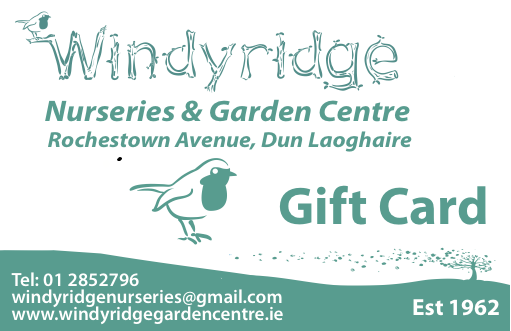A World of Hydrangeas
Discover why this florist’s favourite has a place in every garden.
Easy to grow and low maintenance (as long as you don’t forget to water!), hydrangeas make a great show. In pots, for a splash of colour at your front door or on the patio. In the border, for a soft structure. In the background or at ‘the front of the scene’, the large flower heads of this deciduous shrub brighten up the dullest corners from July to September
White, Pink, Red, Blue, Purple, tinged and flushed, round or conical, lacecap or mophead; with such avariety of colours and shapes, it can be hard to choose. So here are a few tips to find the ideal one for you and make it flourish.
From the Brightest White to the deepest purple Hydrangea Macrophylla
No matter what is your colour scheme, there is one for you.

With their lush, dark green leaves, these rounded deciduous shrubs bring any garden to life with their generous flowers. Loved by florists for the creation of luxurious bouquets, their are still very decorative in Winter, when the leaves have fallen off but they still bear their massive flower heads.
Growing Tips:
Soil: Moist but well-drained, Neutral to acidic. Blue and Purple varieties need acidic soil (ericaceous compost) to keep their colour.
Light: Full Sun to Partial Shade
Feeding: Feed once every 2 weeks with a liquid seaweed during the growing season (March to October). Prefer the seaweed enriched with Iron when leaves are going yellow and for blue and purple varieties.
Pruning: Light prune in Autumn or Spring, remove only the dry flower heads. To rejuvenate an old shrub, prune back half of the stems one year and the second half, the second year. Indeed, Hydrangea macrophylla flowers on old wood. If you prune back everything, they will not flower for a year or two!
New varieties, More flowers: The Music Collection
The Music Collection is a new variety of Hydrangea with the deepest colours over a longer flowering season. This improved selection flowers on 1 year-old wood and old wood. Result: Twice as many flowers!
A wow effect for every garden style: Hydrangea annabelle

With its gigantic heads of pure white flowers, Hydrangea Annabelle has become, over the last few years, one of the most sought after plants.
Great Combinations:
-For the Coastal Garden: Mix with Agapanthus and grasses for a soft
look that dances with the wind.
For the Cottage Garden: Create a very long flowering display by combining with Lychnis and Salvias.
The Structural Garden: Inter-plant Topiary to create a very elegant and low maintenance border.
Growing Tips:‘Annabelle’ has the same requirements as the other Hydrangeas except for pruning. Indeed, it needs to be cut back every year, 20cm (10 inch) above the ground. This will ensure that the plant bushes out and remains full and healthy.
Exquisite plants with changing colours: Hydrangea Paniculata

The broadly conical, large flower heads of this hydrangea are most often born in shades of white and cream. As the season goes, they turn progressively pink, starting with a light flush until turning dark pink for some varieties. With its sterile and fertile flowers on the same heads, it is also the best type for the Pollinator-friendly garden.
Growing Tips: As for the ‘Annabelle’, the paniculate hydrangea should be pruned back every year (30cm above ground approximately). Feed with liquid seaweed twice a month and water abundantly.
Dwarf Varieties for Small Gardens and Pots: With an average of 2m high, Hydrangea Paniculata is a fairly large shrub. There are now compact varieties such as ‘Bobo’ and ‘Little Lime’. Sweet and short, these varietes grow to 3 to 4ft high and wide.



Hi Alex, we have the variety ‘Bobo’, it is a compact paniculate hydrangea (app. 80cm high). ‘Switch Ophelia’ is also a dwarf variety (50cm high).
Pl let me know if you have SMALL
Hydrangeas
Leave a comment